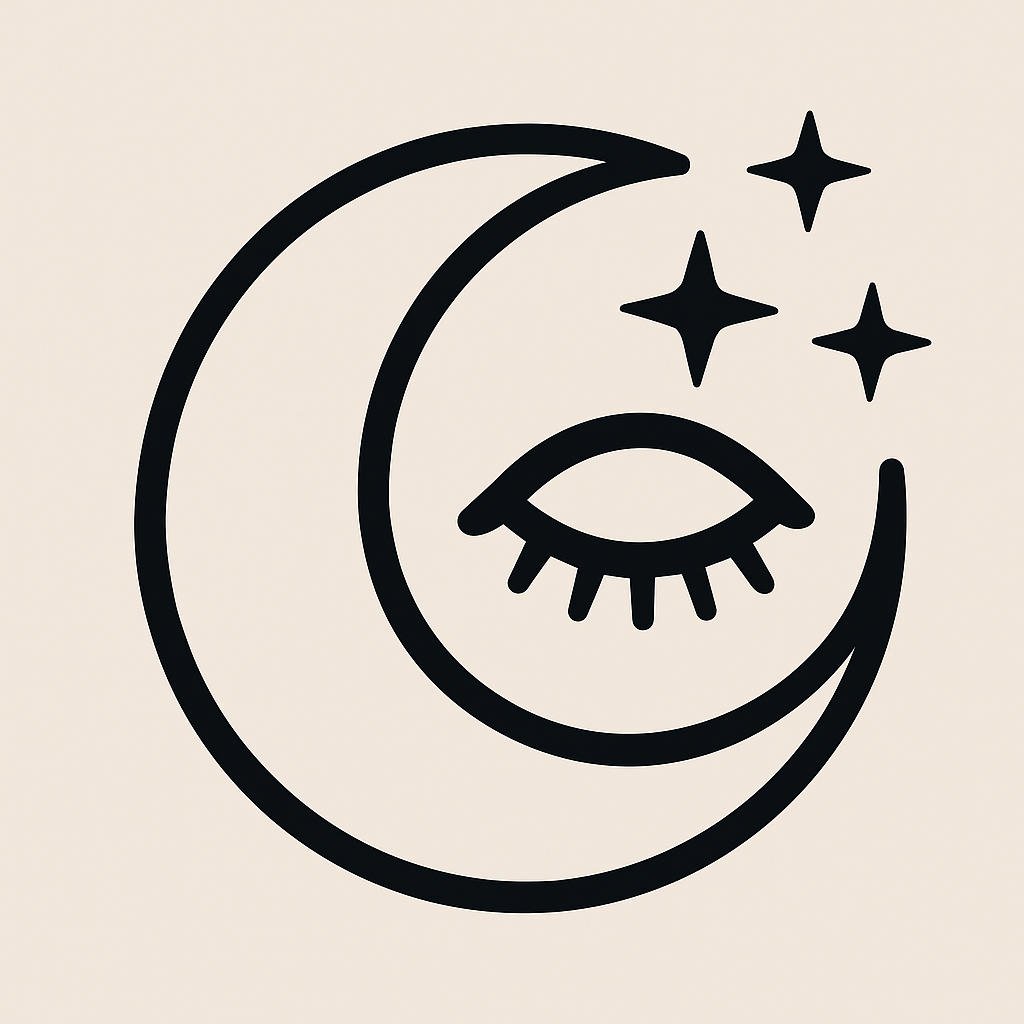Faelahn
The hidden moon guides truer than the blazing sun.
Description of the Church
The Church of Faelahn, often called The Lunar Veil, is a faith of mystery, introspection, and quiet beauty. Its temples are places of soft light, shadowed corners, and still water. Unlike the sun's harsh clarity, the moon’s light is gentle and reflective—illuminating truths that are subtle, emotional, or hidden.
Worshippers gather at night, especially during full or new moons, to meditate, sing in whispers, and gaze into reflecting pools or celestial instruments. Faelahn is seen as a guardian of dreams, secrets, and emotional truth—a divine witness to things unseen.
The Church embraces paradox: light within darkness, silence as revelation, change as stability. While small in political power, it has profound spiritual influence, especially among mystics, lovers, and poets.
Core Beliefs
- Truth is found in stillness, in the quiet hours of night and soul.
- The moon is the mirror of the soul, reflecting its phases and transformations.
- Dreams and intuition are sacred messages, not to be dismissed.
- Balance requires shadow, and not all darkness is wicked.
- Time moves in cycles, not lines.
Religious Structure
- The Lunar Veil is organized like a constellation—loosely connected but individually luminous.
- The Umbral One – The spiritual head, often chosen by divine dream rather than vote or inheritance. Their authority is more symbolic than direct.
- Moonseers – Clerics who interpret lunar omens, oversee dream-rituals, and serve as counselors.
- Silvershades – Itinerant priests and poets who travel by night, offering guidance through songs and riddles.
- Keepers of the Tide – Priests who track lunar calendars, ocean tides, and emotional cycles in communities. Their role is both mystical and practical.
- Acolytes of the Masked Eye – Initiates who spend their novitiate in silence, reflection, and observation before speaking sacred truths.
Rituals and Practices
- Cyclewatch – A monthly rite where followers gather to witness the full or new moon and reflect on changes within themselves and their community.
- The Dreamfast – A ritual period of silence and moonlit meditation to receive divine insight through dreams.
- Rite of Shadows – Used to explore personal trauma, grief, or hidden truths. Often involves mirror-gazing or private moonlit confession.
- Moonbinding – A ceremonial vow of love, loyalty, or transformation made beneath moonlight considered sacred and unbreakable.
Followers
- Mystics and astrologers, who seek divine guidance through dreams and celestial motion.
- Poets and lovers, who revere Faelahn as a source of longing and lyrical inspiration.
- Shamans and counselors, offering emotional healing and secret wisdom.
- Seers and wanderers, who find solace and strength in solitude and reflection.
Temples
Temples to Faelahn are often round and open to the sky, with reflecting pools, moonstone altars, and hanging veils of silver or blue fabric. They are built in secluded places: hillsides, lakeshores, or city rooftops.
Common features include:
- The Chamber of Echoes, where whispered prayers are amplified and distorted.
- The Nightwell, a sacred spring used in dream rituals.
- The Moonclock, an orrery (mechanical planetarium) that tracks the shifting moon phases and marks time for the temple’s ceremonies.
Conflict and Controversy
- Theologically opposed to Elaith’s clergy, who favor revelation through daylight and structure. Faelahn’s mystery unsettles them.
- Courted by Marawae’s followers, who find deep inspiration in moonlit reverie and secrecy.
- Criticized by Aergethyr’s Church for its ambiguity and reliance on emotion over codified law.
Internal divide between:
- Moonlit Traditionalists, who emphasize solitude, ritual, and dreamwork, and
- Twilight Interpreters, who believe Faelahn’s wisdom should be shared more actively with the world.
Relationships with other gods
Central Architect: Faelahn was not painted in broad strokes, but whispered into being—the divine reflection of longing, mystery, and dreams. Artists claim that where Marawae inspired, Faelahn haunted—emerging from the quiet moments between ideas, between days. She is the god of what is not said, of things half-lit and half-felt.
Relationship with Vaksyrna (death and rebirth): Profound. Both guide mortals through thresholds—Faelahn through sleep and memory, Vaksyrna through death and return. Together, they preside over twilight, the space between the end and the next beginning. Some cults claim they are lovers who only meet during eclipses.
Rivalry with Elaith (sun, light): Not conflict, but contrast. Elaith demands clarity; Faelahn invites reflection. Where one reveals the world as it is, the other asks what it means. Their followers often clash in philosophy: truth vs. ambiguity, day vs. dream.

Symbol: A crescent moon cradling a single closed eye, surrounded by three small stars forming a triangle.
Meaning: Reflection, vision in shadow, the dreaming gaze of the moon.
Areas of Concern: Moon, dreams, stars
Edicts: Seek truth in dreams and silences. Honor the night as a sacred mirror. Listen more than you speak. Trust intuition, not only evidence.
Anathema: Disrupting dreams or revealing sacred mysteries
Divine Attribute: Charisma or dexterity
Devotee Benefits:
Cleric Spells: 1st: sleep, 3rd: dream message, 5th: dreaming potential
Divine Font: Heal
Divine Sanctification: Can choose holy
Divine Skill: Occultism
Domains: Dreams, knowledge, moon, secrecy, Alternative: truth
Favored Weapon: Starknife



Comments